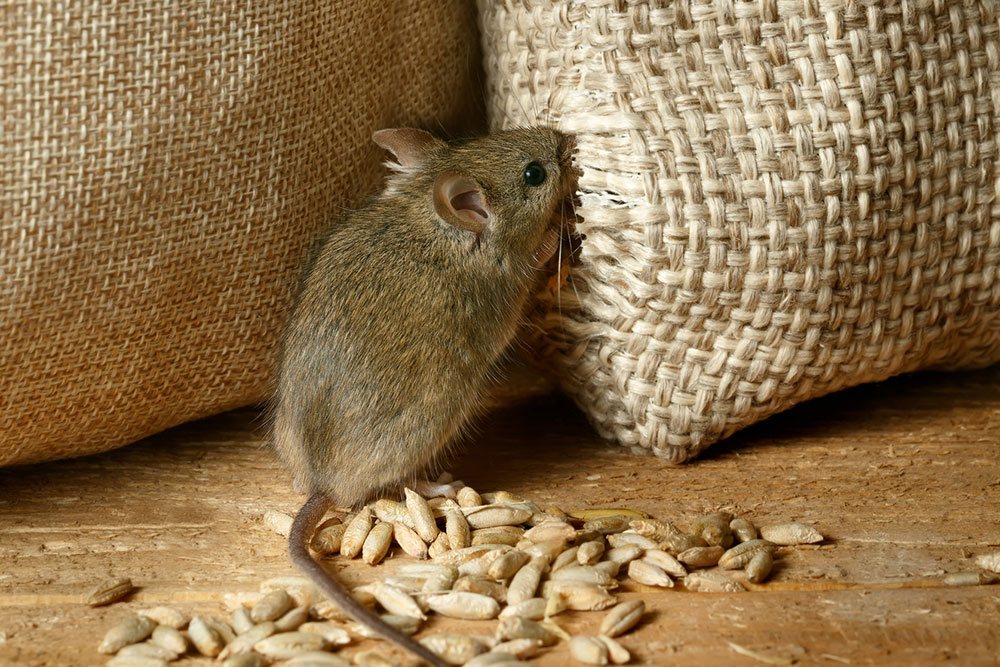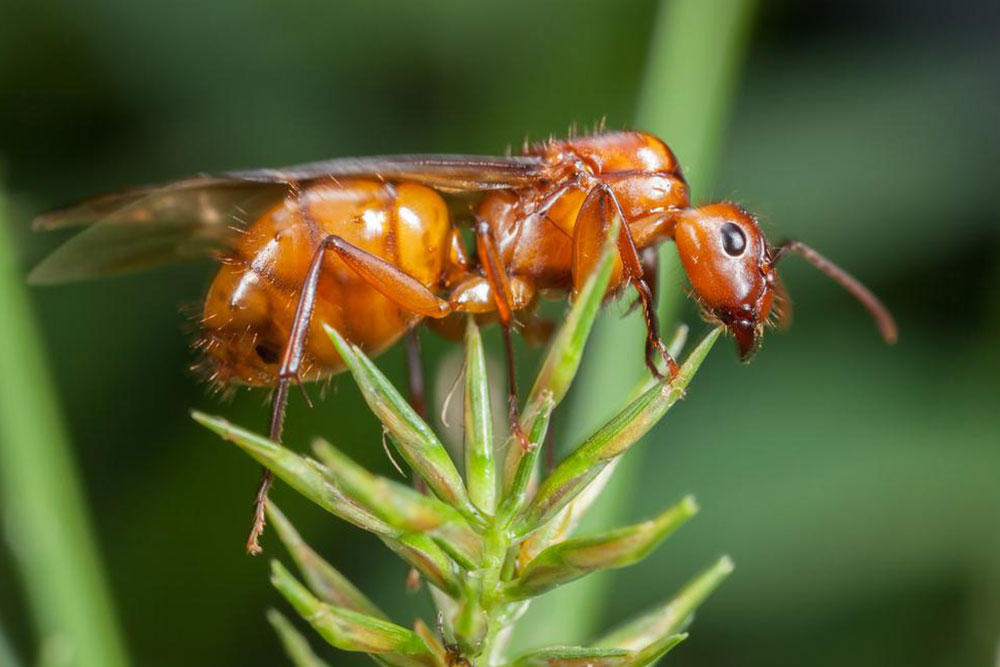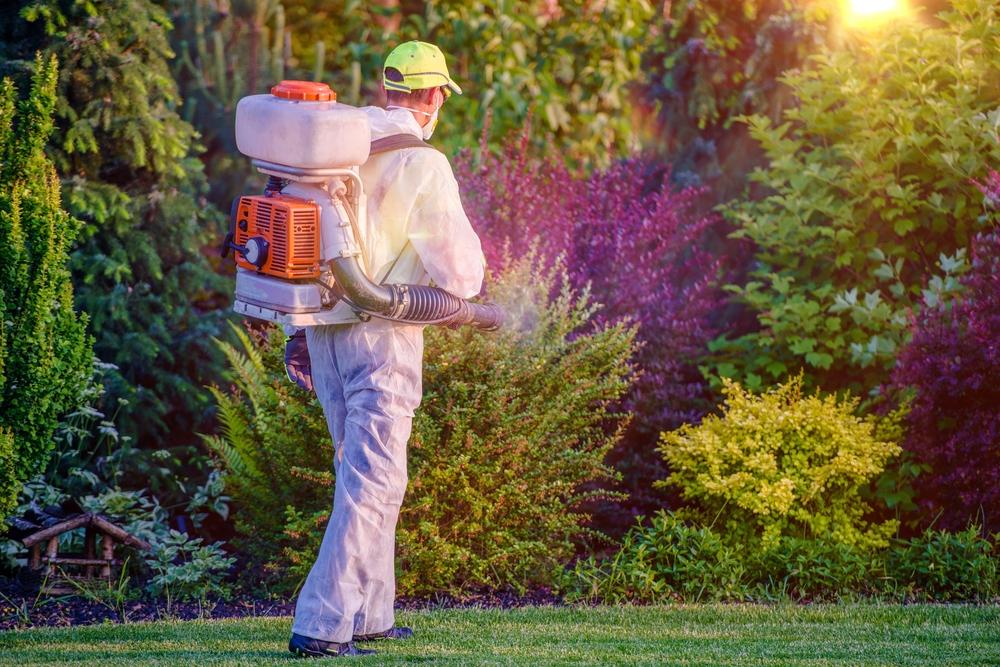Effective Strategies to Eliminate Voles from Your Garden
Learn effective methods to identify and eliminate voles from your garden. From trapping and repellents to habitat modification and professional services, discover practical solutions to protect your landscape from these underground pests. Proper detection and targeted strategies can prevent significant damage and ensure a healthy, vole-free environment.

Effective Strategies to Eliminate Voles from Your Garden
Garden enthusiasts often face challenges from various pests. While some insects aid plant growth, others cause significant damage. Voles are small, stocky rodents that can quickly destroy lawns, flower beds, orchards, and golf courses if left unchecked.
What are voles?
Voles are often mistaken for moles due to similar tunneling habits and subtle appearances. Both animals stay hidden most of the time, making detection difficult. A key difference is that moles create large mounds with deep tunnels, whereas voles leave no surface mounds, only shallow runways.
Voles resemble mice with dense fur that is black, brown, or gray. Usually 5 to 8 inches long, these herbivorous rodents breed year-round, peaking in spring and summer, leading to rapid infestations. With a lifespan of around 6 months to a year, their swift reproduction can cause extensive damage.
Signs of vole activity
Detecting voles involves observing underground tunnels, often about 2 inches wide, running through grass or groundcover. Look for burrow openings, trampled vegetation, wilted plants, gnawed roots, and dead patches in lawns, which indicate their presence. Damage to tree roots and plant stems also suggests infestation.
Methods to eliminate voles
Success relies on choosing appropriate strategies based on your property size, infestation severity, and season. Here are effective approaches:
Trapping: Set snap or live traps along vole runways and tunnels. Remember to adhere to local wildlife regulations before relocating captured rodents and avoid displacing them to neighboring yards.
Repellents: Use natural deterrents like coyote or fox urine, homemade garlic sprays, hot pepper solutions, castor oil, or planting fragrant herbs such as mint to discourage voles from settling in the area.
Physical barriers: Install fencing with quarter-inch mesh buried at least one foot deep around vulnerable plants and trees. A fence at least a foot above the ground can also prevent vole entry, especially since they tend to avoid climbing.
Protecting bulbs: To guard bulbous plants, add gravel around their bases or place them inside poultry netting baskets to limit access.
Habitat modification: Incorporate plants like daffodils, alliums, snowdrops, and castor beans—plants that are unattractive or toxic to voles—into your garden to naturally deter them.
Professional intervention: For severe infestations, consult pest control experts. Professionals can implement comprehensive measures such as advanced trapping, stronger repellants, and habitat alteration to prevent future problems.
Note: Our website provides general information on pest management. While our advice is based on research, always consider local conditions and regulations. For complex infestations, seeking professional help is recommended to safeguard your plants and lawn effectively.










